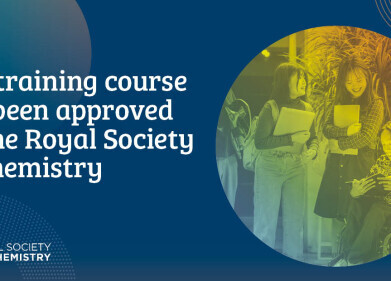Gas chromatography
What Did They Eat in Bronze Age India? - Chromatography Explores
Jan 21 2021
A paper published in the Journal of Agricultural Science has shed some light on what was eaten in Bronze Age India. The study by researchers from India and the UK is the first to investigate lipid residues in pottery from several different urban and rural Indus sites. This allowed the team to compare results from different settlements and periods in history.
The team used a process of lipid residue analysis that provided evidence for dairy, meat, and possible plant consumption. The results could even show whether the lipids came from ruminants or non-ruminants. The study - Lipid residues in pottery from the Indus Civilisation in northwest India – suggests that there were common regional practices in the area that is now northwest India. Let’s see what was cooked up in Indus civilisation using the power of chromatography.
Civilisation along the Indus
Indus civilisation, also known as Harappan civilisation is the oldest known urban culture on the Indian subculture. The Indus civilisation dates from 2500-1700 BCE or around 4000 years ago. It encompassed an area that ranged from northeast Afghanistan through Pakistan and into western and north western India in the basin of the Indus river. Notable achievements include urban planning with brick houses, water supply systems and intricate drainage systems. Two of the large cities Mohenjo-Daro and Harappa are likely to have had up to 60 000 citizens; with the civilisation itself thought to hold between 1 and 5 million citizens.
Sorting out the lipids with chromatography
In the paper referenced above, scientists wanted to increase their knowledge in the culinary practices of the people across the Indus civilisation. Dr Suryanarayan, the leader of the study, said.
“The study of lipid residues involves the extraction and identification of fats and oils that have been absorbed into ancient ceramic vessels during their use in the past. Lipids are relatively less prone to degradation and have been discovered in pottery from archaeological contexts around the world. However, they have seen very limited investigation in ancient ceramics from South Asia.”
The team used gas chromatography and gas chromatography-mass spectrometry analyse the lipid extracts. The analysis of large molecules is discussed in the article, New Monodense Large Pore Silica-Based Materials for the Analysis of Biomacromolecular Compounds by Reversed-Phase Liquid Chromatography. In a press release, the team report, “Our study of lipid residues in Indus pottery shows a dominance of animal products in vessels, such as the meat of non-ruminant animals like pigs, ruminant animals like cattle or buffalo and sheep or goat, as well as dairy products.”
The results also suggest that even though urban and rural settlements were distinctive and had different cultural practices and pottery, they may have shared cooking practices and food preparation techniques. The study increases our knowledge on the food pathways of South Asia and the relationship between pottery and food.
Events
May 18 2025 Tempe. AZ, USA
May 21 2025 Birmingham, UK
Jun 01 2025 Baltimore, MD, USA
Jun 15 2025 Bruges, Belgium
Jul 14 2025 Kuala Lumpur, Malaylsia


.jpg)











